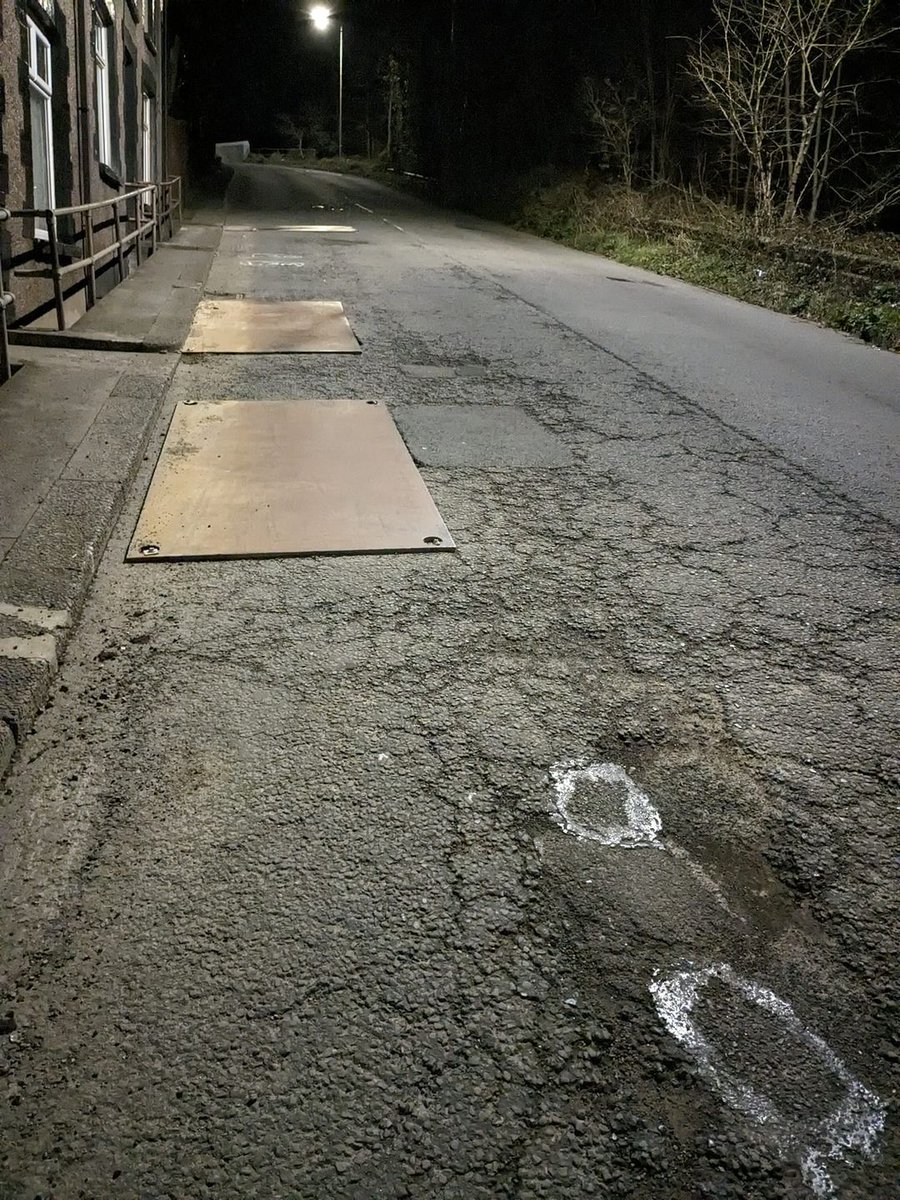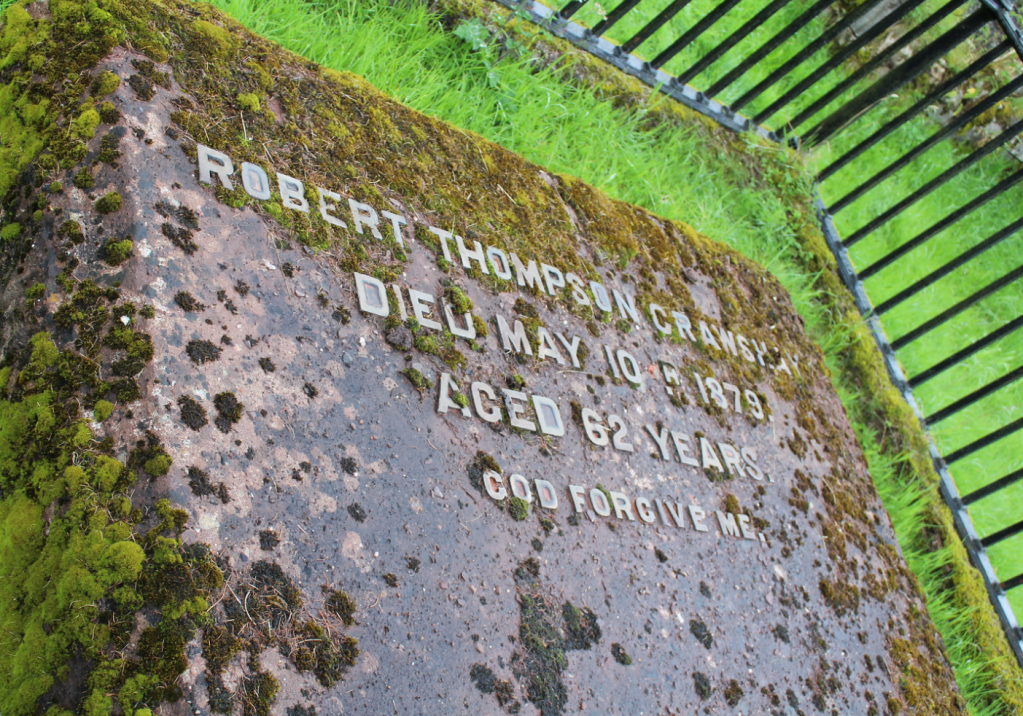The CraigyrHesg quarry, situated in the Taff Valley near Pontypridd, is touted by Heidelberg Materials as a nationally significant source of premium quality blue pennant sandstone, essential for road surfacing. However, this description reflects merely a cold, analytical viewpoint—one that reduces CraigyrHesg to nothing more than a measurable asset, quantified in tonnes, tracked for its book value, and treated as a mere commodity to be extracted, packaged, and sold to the highest bidder.
The Taff Valley, once the heart of Wales’ industrial might with its coal mines carving through the earth and slag heaps standing as monuments to past industrial greed, has entered a new chapter of exploitation. This contemporary era has seen the wind that sweeps across its mountains, the rain that nourishes its soil, and the very rock upon which its people stand, transformed into exportable commodities. These natural elements, once freely given by nature, are now entwined in the profit calculations of distant corporations, with the wealth they generate flowing out of the country as swiftly as the resources themselves. I quick Google search shows that imported road aggregates cost about £45/tonne. If Heidelberg Materials are extracting 15,700,000 tonnes over the next 25 years, that’s a total of over £706,000,000. Who is going to benefit from that whilst the local population endure more blasting, ‘nuisance dust’ as they described it, and the prospect of a very large hole at the end of it – plus the permanent loss of a treasured green space.
Despite being encouraged to take pride in how unique are properties of the sandstone in terms of skid resistance , the people of Pontypridd get to experience the environmental side effects as it’s blasted, bulldozed and loaded onto 40-tonne lorries, extracted at a rate of 400,000 tonnes per year (or approximately 10,000 polluting lorry trips per year). The lorries snake down the narrow B4273 road, paraded pasts rows of houses, the Old Bridge, and on out through the town, snarling traffic and belching diesel fumes as they go. Ironically, judging by the state of the B4273 very little of this stone is applied locally, an apt metaphor as little of the wealth created by this extraction activity remains in the area. Also, sadly, as this quarry extension was approved by the Climate Minister for Wales is the fact the town center of Pontypridd is also noted for it’s poor air standards.
This mountain removal will continue until 2047, when the last stone is plucked from the ground and processed into road material. Then, amidst the echoes of the final explosion reverberating down the valley and the last cloud of silica dust dissipating in the breeze, Heidelberg Materials will dismantle their equipment, install a few bat boxes, and move on to exploit the next hillside in their relentless pursuit of profit—all the while lauding their purported green credentials and community importance, until those values are conveniently discarded, reminiscent of the bygone era of the coal barons.

What Heidelberg fails to acknowledge is the profound, immeasurable significance of CraigyrHesg to the people who hold it dear. For them, it represents more than a geological feature with easy access to its mineral wealth; it embodies a collective treasure steeped in shared memories and cultural heritage. Heidelberg Materials fails to understand the ancient and deep-rooted relationship between the Welsh people, their language, and the landscape—a relationship intricately woven into the fabric of Welsh identity, reflected in cultural expressions like ‘Hiraeth’ and ‘Cynefin’. The Welsh National Anthem, ‘Hen Wlad Fy Nhadau’ (Old Land of My Fathers), celebrates this enduring bond between the land and its people, a pledge to the land, not a God nor its appointed representative on earth but to the land itself. A cultural significance that will be highlighted when Pontypridd hosts this year’s National Eisteddfod and CraigyrHesg will provide the backdrop to the Festival.
Although the Rhondda River is traditionally credited with inspiring James James to compose the melody of Hen Wlad Fy Nhadau, I like to imagine CraigyrHesg’s presence, proud crags visible from the site where the anthem was composed in Mill Street, played a role in inspiring the lyrics written by his father, Evan James.
Over 150 years since its composition, despite enduring exploitation and relentless assault by generations of quarry companies, CraigyrHesg stands as a scarred yet resilient testament to Welsh tenacity and spirit, echoing the defiant refrain of a more contemporary Welsh anthem, ‘Yma O Hyd’— ‘Still Here’.
CraigyrHesg stands as a memorial to the indomitable Welsh spirit, the intrinsic connection between the people and their land, and the land’s role in shaping and safeguarding the language. It also serves as a stark reminder of the unprincipled greed of industrialists, a desecration to a treasured monument that would be unimaginable in any other country.
The appeal document’s assertion of no objections or concerns regarding landscape, visual impact, ecology, hydrology, cultural heritage, or agricultural land quality impacts is both culturally insensitive and repugnant. It reflects the ignorance of those who fail to recognize CraigyrHesg’s relevance to the people of Pontypridd, its inseparable bond with the town, and its intertwined history with the Old Bridge.
I’m actually inspired by two quotes made by Julie James (the Minister for Climate Change who, mysteriously, approved the go-ahead for the quarry extension.
“We are in a nature emergency and now, more than ever, we must support our precious wildlife and build more resilience to changes to our environment.”
“We have all spent more time in our neighbourhoods during the weeks of lockdown and we can all appreciate the difference between having a quality environment to live, work and relax in and how being cut-off from our friends and family can mean that a poor environment, with no or limited access to local goods, services and green spaces can have a severely detrimental impact on our mental and physical health and well-being, as well as our ability to protect our livelihoods.”
( I’m not sure who or what inspired her to sacrifice her environmental principles to act in favour of more roadbuilding and another 25 years of lorry shipments of rock at the expense of CraigyrHesg and the community of Glyncoch).
This quarry, nestled in the Taff Valley does indeed possess a wealth of premium-quality blue pennant sandstone coveted for road surfacing. However, its true worth transcends the confines of a balance sheet, its intrinsic beauty far too precious to be reduced to a mere entry in a ledger hundreds of miles away. Instead of indulging in a final rapacious grab of what is left of the mountain, Heidelberg has an opportunity to pivot towards a more noble gesture. Offering what remains of CraigyrHesg as a living, green memorial to the people of the area, a poignant gesture, a tangible acknowledgment of the environmental devastation wrought over two centuries of industrial exploitation. Moreover, it has the potential to mend the frayed bonds between Heidelberg Materials and the local population.
However, I fear these pleas will fall on deaf ears, and Heidelberg Materials will join the infamous list of those who have scarred the people and landscape of Wales, leaving behind an epitaph akin to that of Iron Master Robert Crawshay’s gravestone, by a strange twist of fate a former owner of this same land: “God Forgive Me”.
To end with reference to two other songs associated with the area, The Grey, grey dust of home just doesn’t quite resonate but we’ll still keep a Welcome in The Hillside whilst the hillside is still there.
The latest view on CraigyrHesg, what we’ve lost and are in the process of losing.

Leave a comment